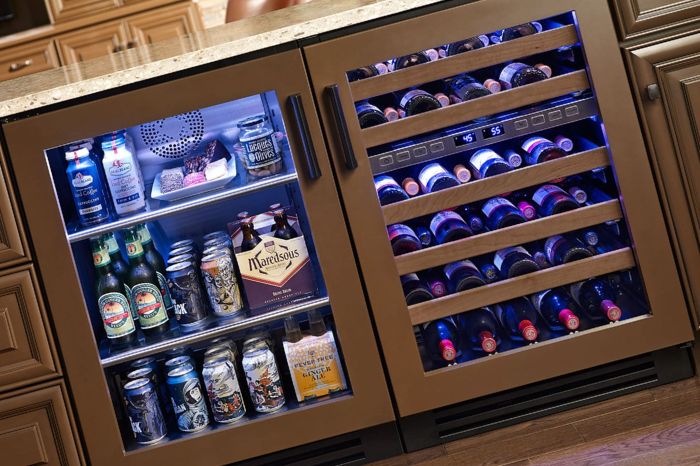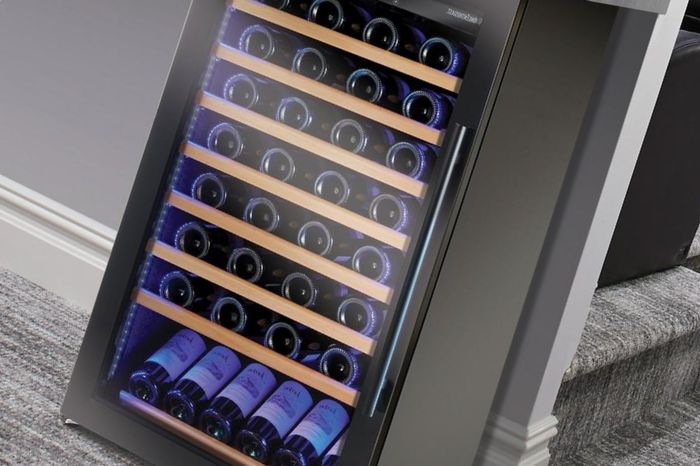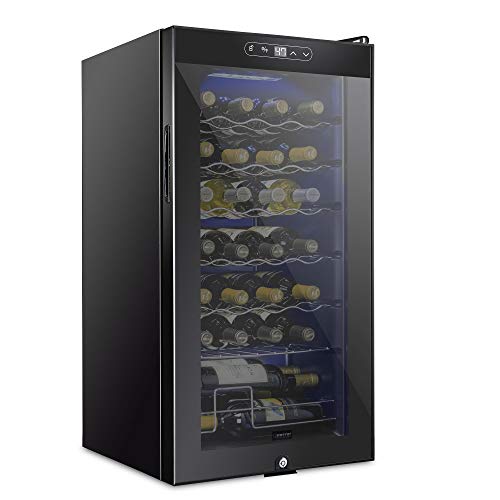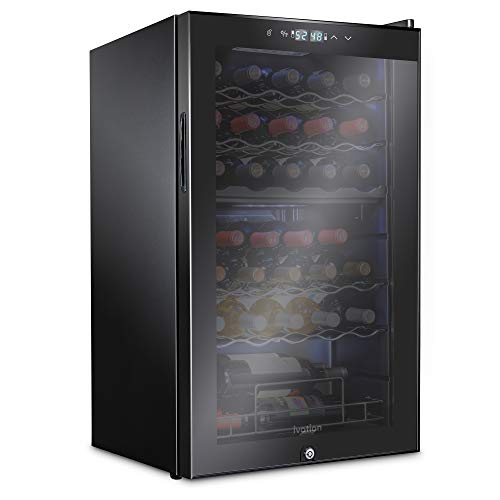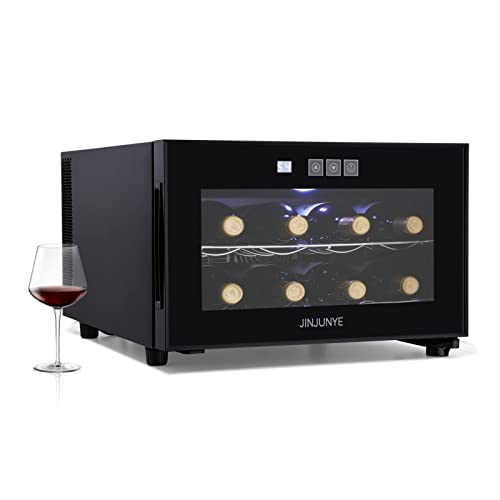How to Clean a Wine Cooler
Wine lovers understand the importance of a perfectly chilled glass of wine. For this reason, investing in a wine cooler is a common practice among wine enthusiasts. A wine cooler is an efficient and effective appliance that provides the optimum storage temperature for your wine collection. However, owning a wine cooler requires regular cleaning and maintenance to keep the appliance in pristine condition and ensure the wine is stored at the correct temperature.
In this comprehensive guide, we will explore in detail how to properly clean a wine cooler, including the essential tools and supplies required for the task, step-by-step instructions on how to clean a wine cooler effectively, how often you should clean your wine cooler, and tips for achieving the best results. By the end of this guide, you will know everything you need to clean your wine cooler like a pro and keep your wine collection in perfect condition.
What Tools and Supplies Do You Need to Clean a Wine Cooler Properly?
Before we dive into the cleaning process, it is essential to gather the necessary tools and supplies. You do not want to start cleaning your wine cooler only to realize you do not have the right tools or supplies. Here is a list of the essential tools and supplies:
Soft-bristled brush: This type of brush will help you clear out the dust and debris that may have accumulated on the coils and other areas of your wine cooler. Ensure that the brush is soft to avoid damaging the cooler’s components.
Soft microfiber cloth: This will help you wipe the interior of the wine cooler without leaving any scratches or damage. Ensure the cloth is clean and dry to avoid any dust or water stains.
Mild soap solution: You can create a mild soap solution using a few drops of dish soap mixed with warm water. Avoid using harsh chemicals that can damage the wine cooler’s interior and components.
Bleach (optional): If you notice any mold or mildew formation inside the wine cooler, you can use a bleach solution to clean it thoroughly. Mix one part bleach with ten parts water, and ensure you rinse the cooler thoroughly after using the solution.
What are the Steps to Cleaning a Wine Cooler Effectively and Safely?
Now that you have gathered all the necessary tools and supplies let’s dive into the cleaning process. Here are the steps to cleaning a wine cooler effectively and safely:
Unplug and Empty the Wine Cooler: Before starting the cleaning process, ensure that you unplug the wine cooler from the power outlet. Empty the cooler of all wine, shelves, and bottles to create adequate space for cleaning.
Remove the Shelves and Clean Them: Remove the shelves from the wine cooler and clean them thoroughly using a mild soap solution and a soft cloth. You can also use a soft-bristled brush to clear off any debris and dust.
Clean the Interior of the Wine Cooler: Using a soft microfiber cloth, wipe the interior of the wine cooler from top to bottom. You can also use the soft-bristled brush to remove any dust or debris that may have accumulated around the coils, fans, and other areas.
Clean the Exterior of the Wine Cooler: Using the same approaches, clean the exterior of the wine cooler. Ensure you wipe it with a soft, dry cloth to avoid any water stains.
Reinstall the Shelves: Once you have cleaned the shelves, reinstall them into the wine cooler. Ensure they are correctly positioned to avoid any damage when you return wine bottles to them.
Plug and Power on the Wine Cooler: Once you complete cleaning and reinstalling the shelves and racks, you can now plug and power on the wine cooler. Allow it to cool down before storing any wine bottles.
How Often Should I Clean My Wine Cooler?
Cleaning frequency is a critical aspect of maintaining your wine cooler’s efficiency and durability. The cleaning frequency of a wine cooler mostly depends on how often you use it and the storage environment. If you use it frequently, you should clean the wine cooler at least once every three months. Ideally, you should clean the wine cooler thoroughly before and after storing wine bottles. If the wine cooler is in an area prone to dust and debris, consider cleaning it more frequently.
What Tips Can Help Make Sure Your Wine Cooler Is Cleaned To Perfection?
Here are some tips to help you achieve the best results when cleaning your wine cooler:
Use the right cleaning supplies: Avoid using harsh chemicals or abrasive cleaning tools as they can damage your wine cooler’s components and interior.
Clear the coils and fans: The coils and fans of the wine cooler help to control the temperature and airflow. Ensure they are clean and free of dust, debris, and mold.
Dry the wine cooler: It is essential to dry the wine cooler thoroughly after cleaning to avoid any water stains. Use a soft, dry cloth to eliminate any moisture.
Avoid using water directly: When cleaning the wine cooler, ensure you do not use water directly on the components. Use a soft cloth or brush to clean them.
Store the wine cooler correctly: Ensure the wine cooler is correctly stored after cleaning to prevent any damages or scratches. Keep it in an upright position to avoid any compressor damage.
Conclusion
After following these steps, you can be sure that your wine cooler will stay clean and odor-free. Cleaning the interior components of a wine cooler has never been easier with today’s technology. With regular cleaning, your wine cooler should continue to function properly and provide you with high-quality wines for years to come. Enjoy every sip of red or white with quality and peace of mind knowing that your wine cooler is always in its best condition.
Cleaning your home wine appliance requires only a few moments each month, not only for keeping it clean but also as a part of your commitment to good hygiene. Maintenance is key when it comes to any form of appliance, and could possibly save you from costly repairs in the long run. Take care of yourselves and take care of your appliance; not all appliances are created equal, so treat yours right!

